Decoration is often seen as the art of combining functionality and aesthetics. But bohemian decoration goes much deeper than that. This style reflects a way of life, an attitude towards existence, and an understanding of freedom. If you want to reflect your own story and spirit into your home without being confined by rules, the boho style might be just what you're looking for.
Bohemian decoration is a way for anyone who thinks and feels outside the norm to turn their home into a living manifesto.
Origins of the Bohemian Lifestyle
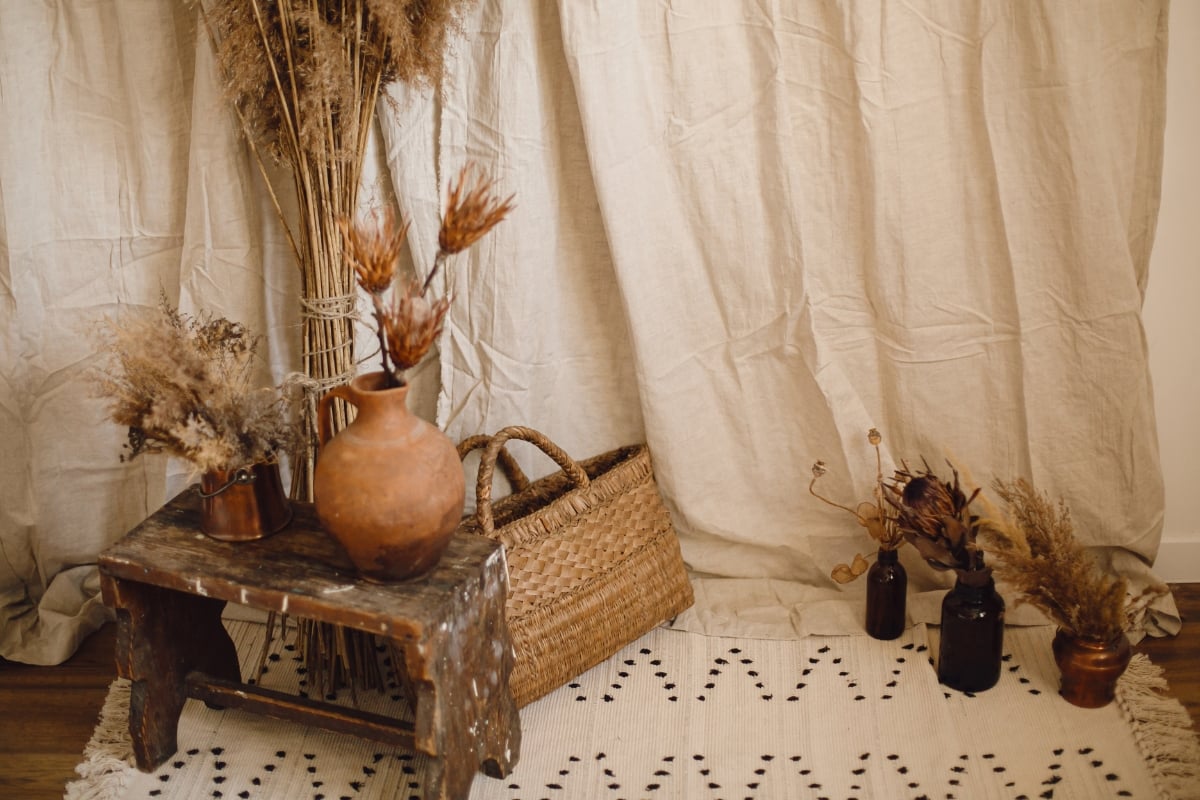
The bohemian lifestyle originated in 19th-century Paris as an alternative way of living. It was embraced by individuals who rejected societal norms and material values, prioritizing freedom and creativity—artists and intellectuals being its earliest adopters.
The word "bohemian" was initially used in 15th-century France to describe Romani groups who led a nomadic lifestyle. Over time, it evolved beyond ethnic reference to denote a free-spirited, rule-defying, and creative way of life.
Henri Murger’s work, "Scènes de la vie de Bohème," played a crucial role in shaping the modern understanding of bohemian culture. Murger’s characters, devoted to art yet living in poverty, quickly became iconic figures representing the spirit of the time.
Born in Paris in the 1830s, the bohemian way of life soon spread across Europe and then to the United States. In New York, Pfaff’s Cellar became the gathering spot for bohemian artists, with poets like Walt Whitman amplifying its voice. By the 1950s and '60s, through the Beat Generation and hippie movement, bohemian ideals merged into broader countercultural currents.
Eventually, bohemianism transformed from a form of rebellion into a mode of expression, finding its place in modern design by embracing nature, simplicity, cultural diversity, and individuality against consumerist norms.
What Is Bohemian Decoration?
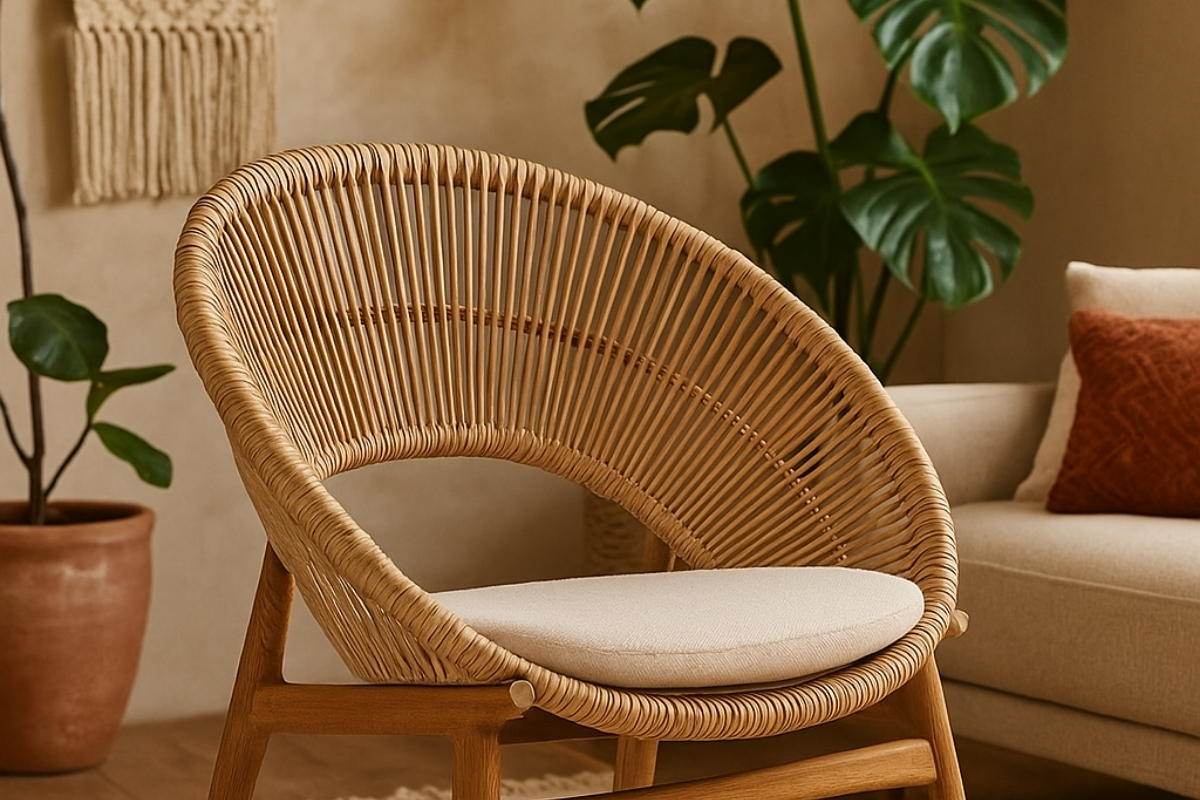
Bohemian decoration brings the desire for freedom, personal expression, and cultural diversity to life indoors. Its core is not about adhering to specific rules but trusting in life's flow and personal taste.
Symmetrical arrangements, coordinated colors, overly "sterile" spaces... these are rarely sought after in the boho world. The aim here is not to make a space "perfect" but to infuse it with soul and character.
Though the term traces back to the Bohemia region in the Czech Republic, today’s boho style evolved under the influence of movements like the Arts and Crafts movement, Art Nouveau, and the hippie culture of the 1960s.
Three core principles define boho style:
"Do not force anything that does not belong to you."
Boho spaces should reflect their owner's character and story. Adding items simply because they are trendy dilutes the space's spirit. In bohemian decoration, pieces must be not only beautiful but also meaningful.
"Make your space a storyteller, not a museum."
Boho homes are living entities. Objects collected from travels, vintage market finds, family heirlooms—all tell a story. The home speaks through the resident’s past and dreams.
"Seek elegance not in perfection, but in authenticity."
In boho aesthetics, imperfections are beautiful. Apparent mismatches in colors and textures are actually reflections of personal harmony. The style should be "uncopyable"—because boho is your world.
The Free Harmony of Colors and Patterns
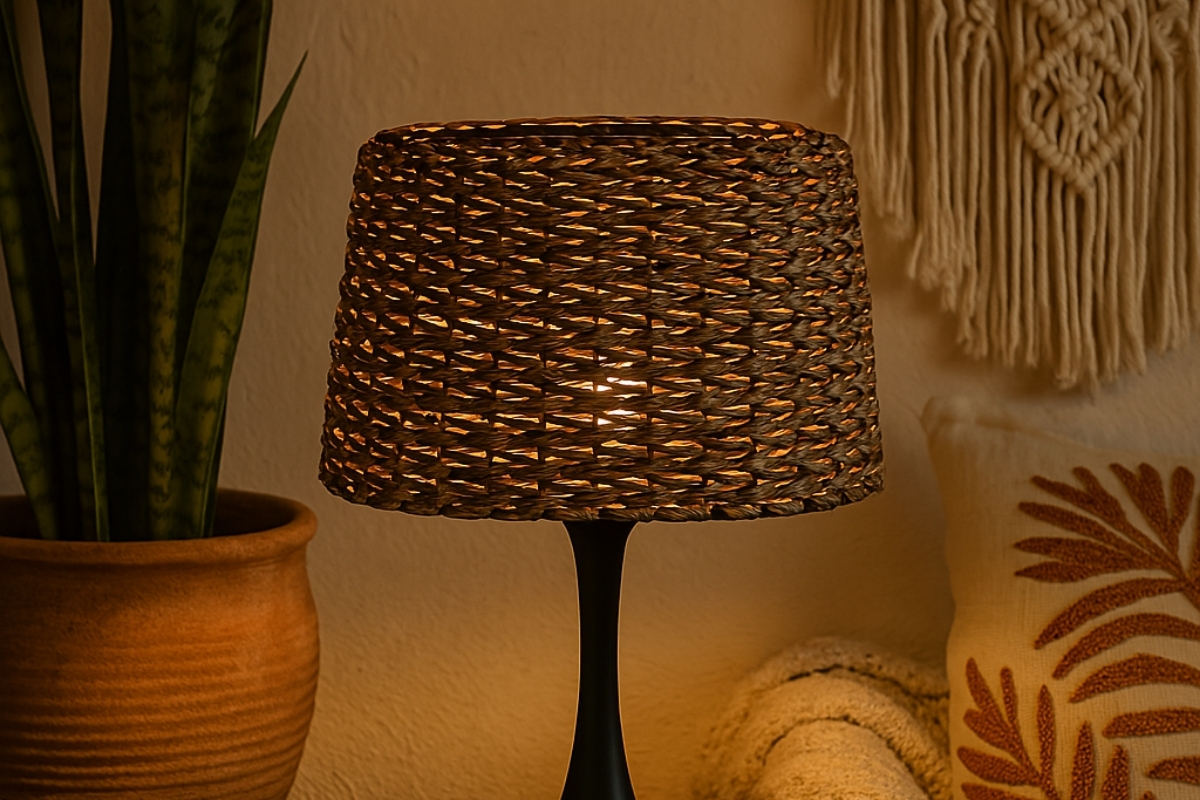
Color is one of the strongest elements that embody the bohemian spirit. Boho style embraces a bold, limitless understanding of color. Earth tones are its backbone: mustard yellow, rust, sienna brown, and sage green bring warmth and naturalness to the space, not just on walls but also in fabrics, furniture, and accessories.
On this warm base, accent colors add richness—emerald green, amethyst purple, deep navy, and gemstone shades create depth and sophistication. Vibrant hues like coral, turquoise, and electric blue reflect the lively side of boho decor. When combined, these colors form not chaos, but a deeply personal harmony.
As for patterns, in boho style there are absolutely no rules. Geometric forms, ethnic motifs, floral designs, batik prints, and even animal figures can coexist, creating bold contrasts. The key is aligning with personal taste and lifestyle. In bohemian decor, harmony is achieved not from a "book" but from the soul.
Textures, Fabrics, and the Sense of "Lived-In"
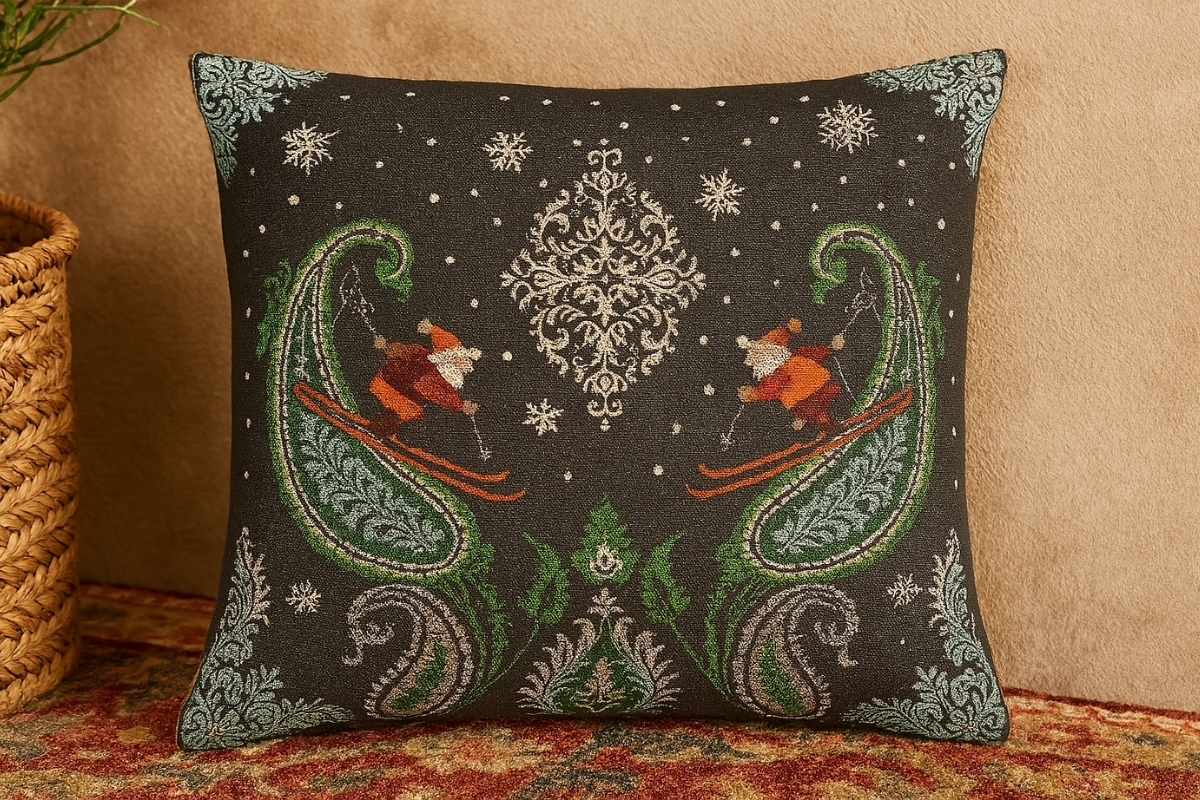
One of the most captivating aspects of boho decor is its rich relationship with textures. This style appeals not only to the eye but also to the sense of touch. Velvety soft fabrics are paired with coarse natural fibers like jute; wool blankets sit alongside silk cushions. Every surface, every detail evokes a different feeling, making the space not just seen but felt.
Signatures of the boho aesthetic include crocheted pieces, macrame decorations, tassels, and fringes. These details are more than ornamental—they create a nostalgic, handmade, and personal atmosphere. Handmade accessories especially amplify a home's character and elevate it from ordinary to unique—a true sanctuary for the soul.
Furniture and textiles often feature distressed surfaces and vintage or second-hand finds. These objects are treasured not because they are new, but because they carry a history. Thus, boho decoration offers a timeless, warm atmosphere—a home that feels as if it’s been lived in for years.
Foundations of Bohemian Living Spaces
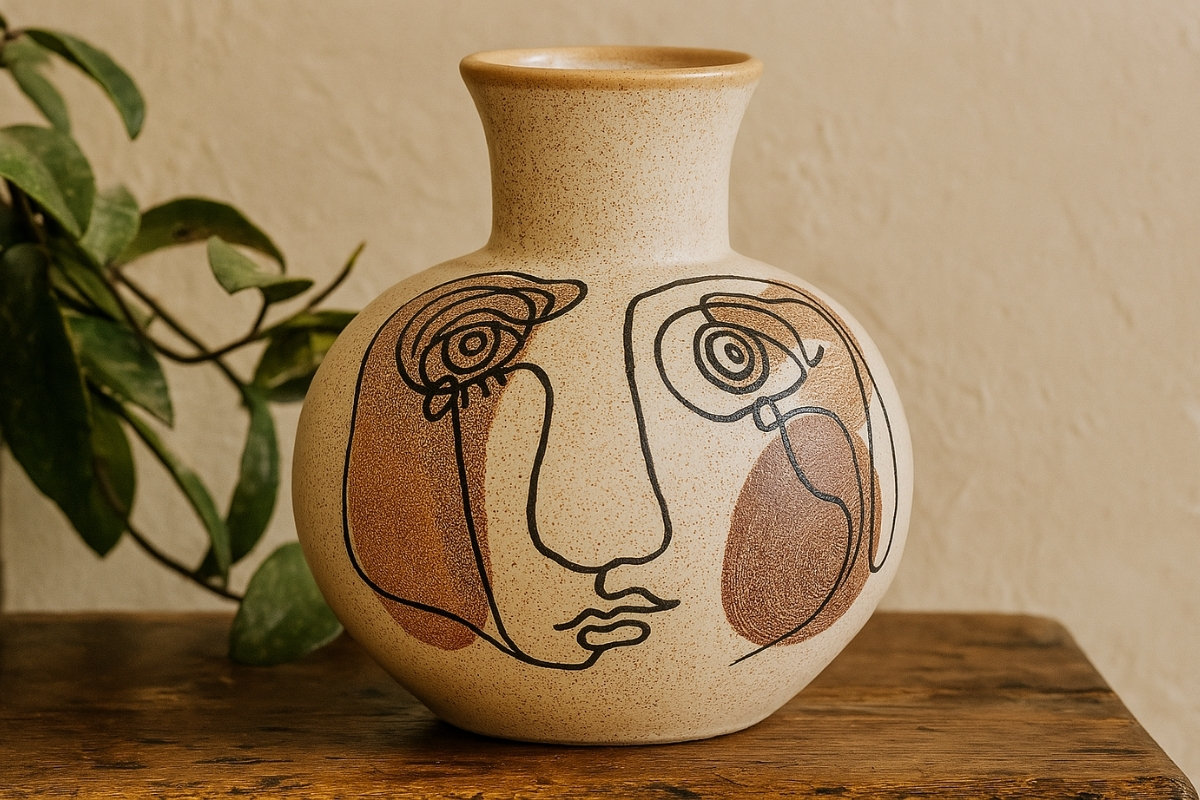
At the heart of boho decoration lies comfort and personal connection. Thus, boho furniture appeals not only to the eyes but also to the body and soul. Low-slung lounge chairs, oversized poufs, floor cushions, swing chairs, and hammocks are commonly used, inviting relaxation and creating a warm, welcoming vibe.
Another feature of bohemian furniture is that each piece tells a story. Walnut wood tables, rattan details, and vintage finds often carry memories—either travel souvenirs or family heirlooms. These items add personal depth to the decor.
Lighting plays a vital role. Instead of glaring chandeliers, soft light sources such as candles, floor lamps, lanterns, and fairy lights are preferred to create a cozy, soothing ambiance that relaxes not just the space but also the spirit.
Nature is an inseparable part of bohemian decoration. Plants are not mere decorative items but vital elements of life. Snake plants, monstera, sansevieria, and succulents are often used, displayed in woven baskets or macrame hangers. Seeing 5 to 10 plants in a boho home is quite typical, connecting the interior to the outside world.
Walls, too, serve as canvases of creativity. Asymmetrical gallery walls, handwoven textiles, large mirrors, vintage paintings, and fabric panels adorn them. Rugs sometimes climb the walls, and layering wool, oriental, or jute rugs creates depth and texture. These elements emphasize that aesthetic sense grows from personality, not perfection.
Gloster: Boho Gardens
Gloster brings boho philosophy outdoors, creating true living spaces rather than just seating arrangements. Natural wood textures, gentle shapes, and warm tones blend seamlessly with nature, offering an aesthetic yet deeply comfortable outdoor experience.
Bloomingville: Boho Spirit in Every Corner
Bloomingville, though Danish, carries a global soul in its designs. With wooden details, ethnic motifs, nature-inspired forms, and soft color transitions, Bloomingville brings the full essence of boho into the home, offering inspiration for every corner.
Urban Nature: Organic Boho Vases
Urban Nature Culture captures boho aesthetic through simple yet elegant organic forms. Especially their vases—with handmade textures and earthy color palettes—transform any space into an artistic expression the moment they’re placed.
Iosis: Weaving Boho Spirit into Textiles
Iosis embodies boho spirit through textiles, especially with their richly woven pillow covers featuring ethnic designs and bold colors. Each piece is a touch of art, a hint of the past, and a whisper of freedom.
Sources of Bohemian Inspiration
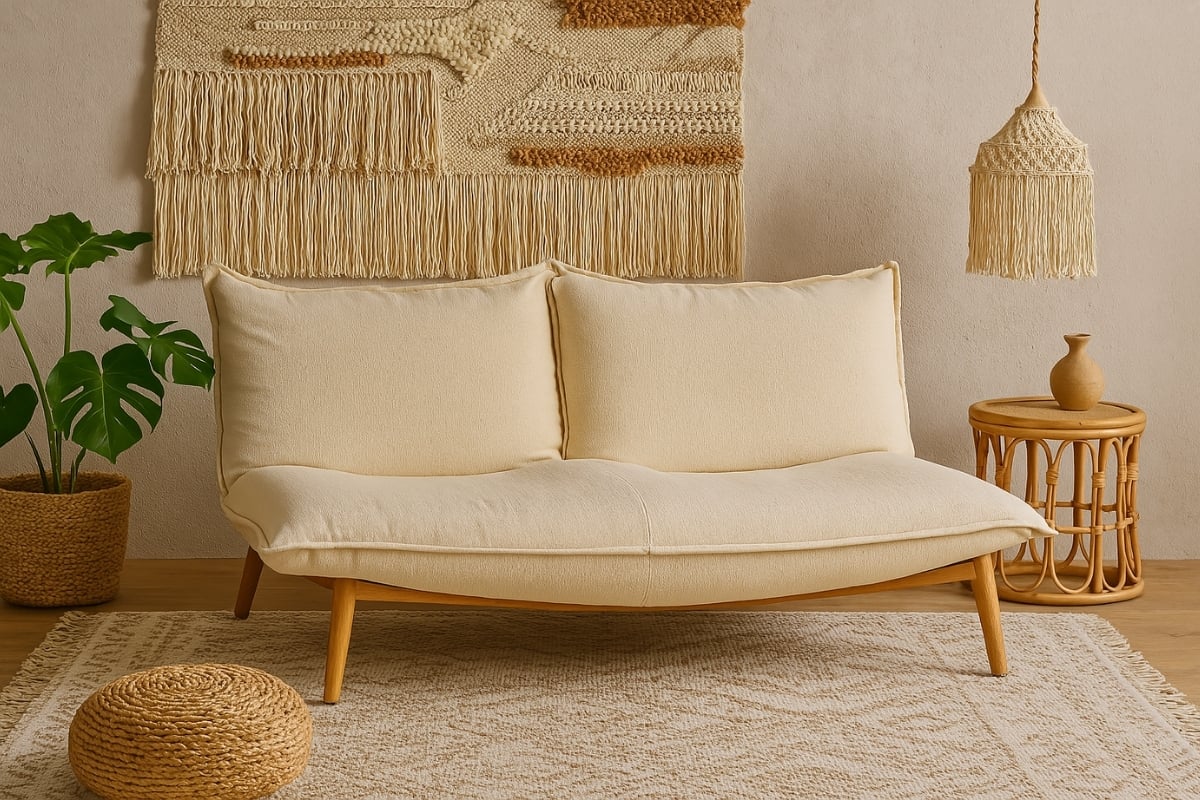
Nature is a major source of inspiration for bohemian decor, but what truly makes it unique is its ability to blend different cultural textures. Turkish woven rugs, Moroccan ceramics, Indian block-printed cottons, and Mexican colorful patterns all coexist harmoniously, enriching boho spaces with global stories and soul.
Such cultural richness explains why no two boho homes ever look alike. Some are pastel and serene, while others burst with color and vibrancy. This infinite diversity is the greatest strength of the bohemian style: personal experience fused with cultural wealth.
3 Boho Essentials
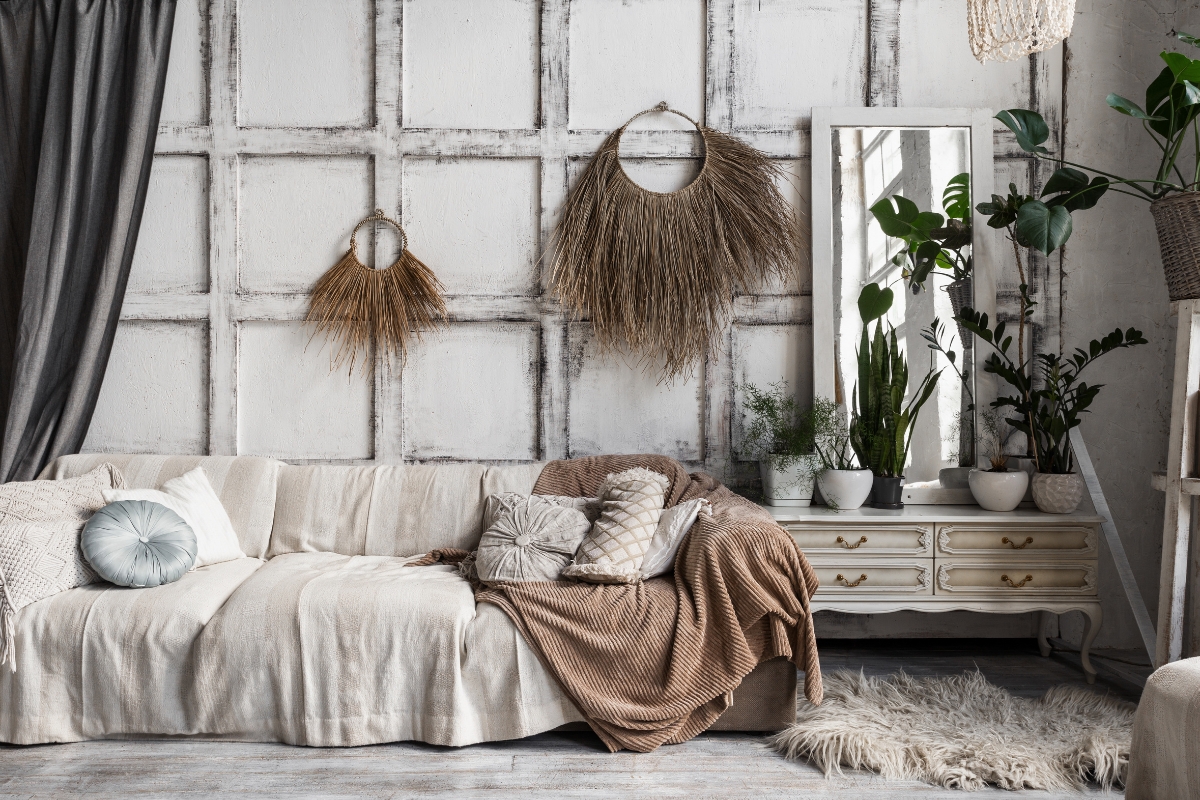
Plants are among the strongest symbols of bohemian decoration. They purify the air, bring visual freshness, and add tranquility to the atmosphere, strengthening the organic essence of boho living.
Wicker items and baskets enhance texture and add functionality. Jute rugs, rattan chairs, and handmade baskets bring a raw, handcrafted charm, reinforcing the natural, authentic side of boho spaces.
Hanging decorations such as macrame wall hangings, beaded lamps, hanging chairs, and hammocks reflect the lively and playful character of bohemian style, adding layers and dynamism to interiors.
Not Just a Style—A Way of Life: Bohemian
Bohemian style is not a fashion or a trend limited to a certain group—it's an inclusive, flexible approach that anyone can adopt in their own way. Whether in a family home, a single city apartment, or even a tiny balcony, boho spirit can thrive anywhere. It offers not only visual richness but also comfort and functionality, enhancing life quality through aesthetic freedom.
In bohemian decoration, there are no "mistakes." As long as the colors, textures, objects, and arrangements reflect your personality, everything is exactly as it should be. The beauty of this style lies not in perfection but in authenticity. Your home does not need to follow ordinary rules—because the ultimate goal is to tell your own story and turn the place you live into a true work of life.